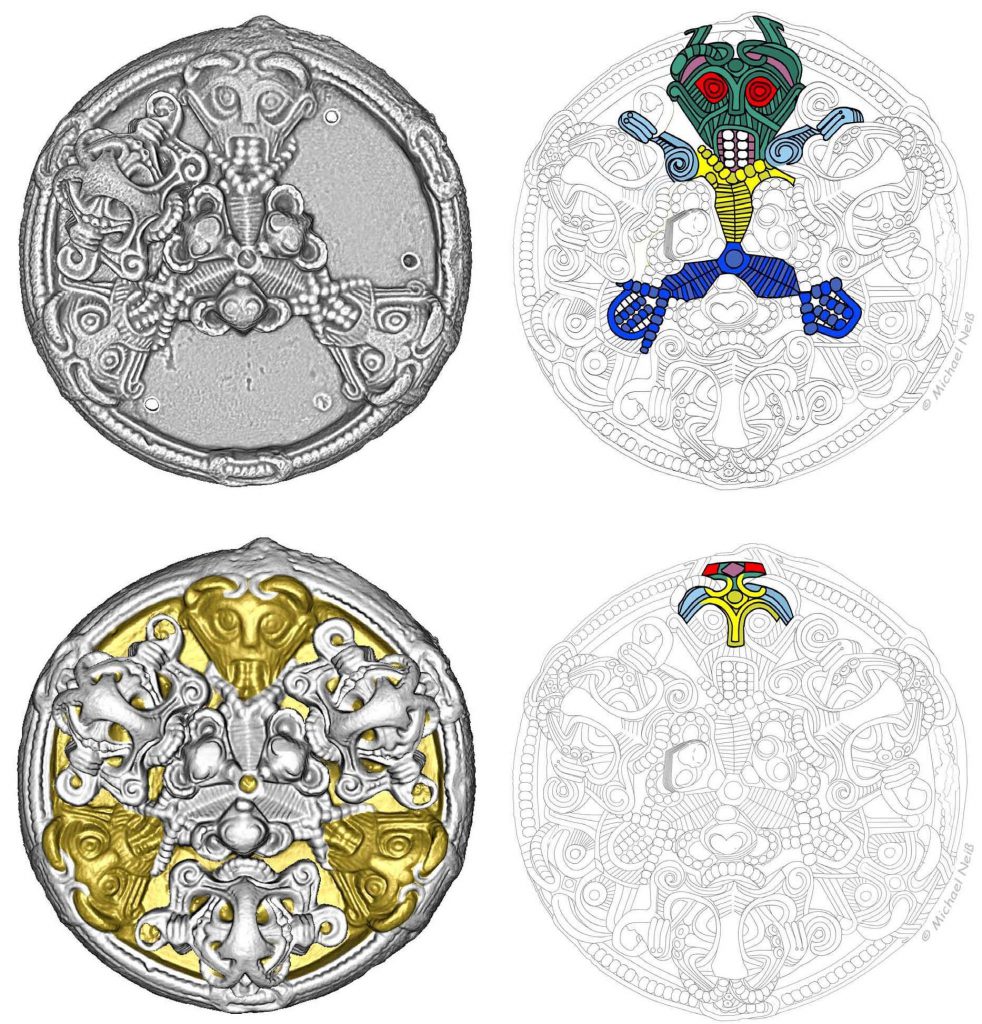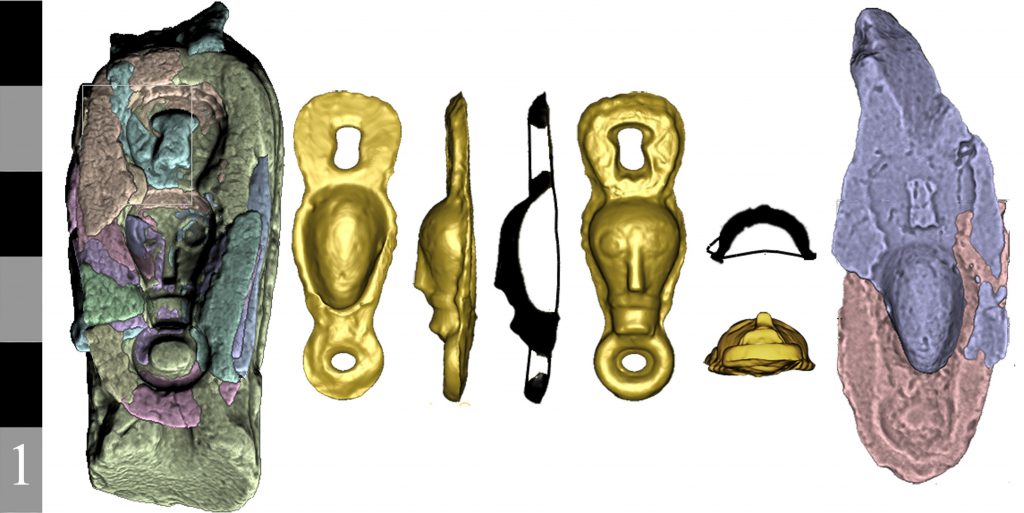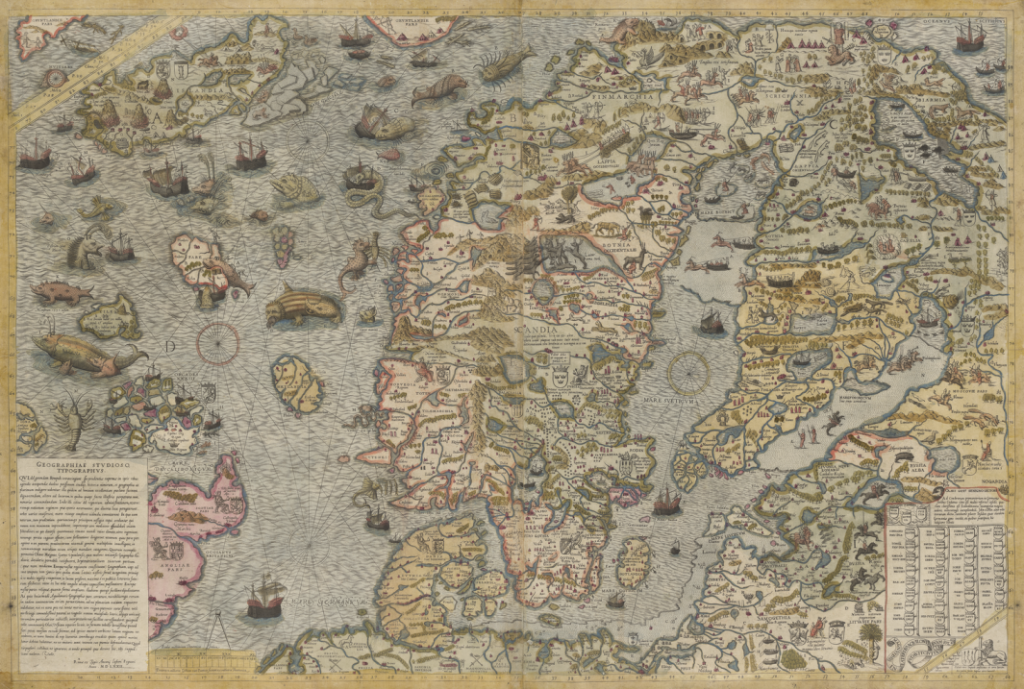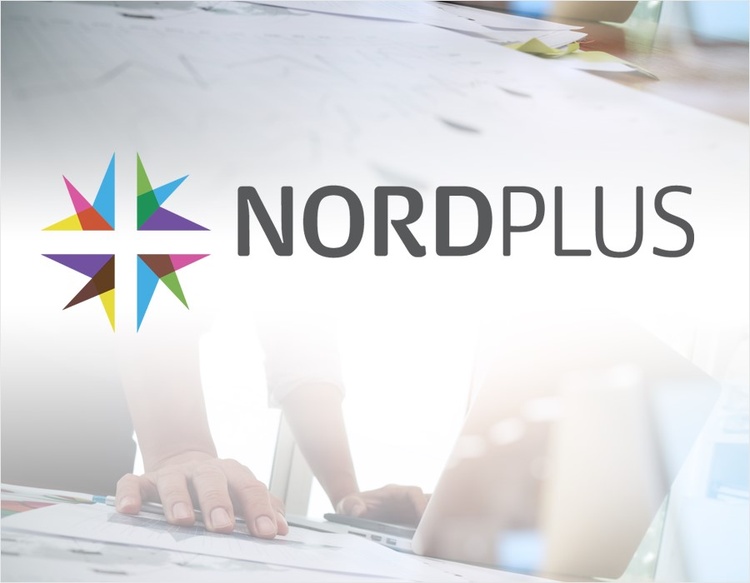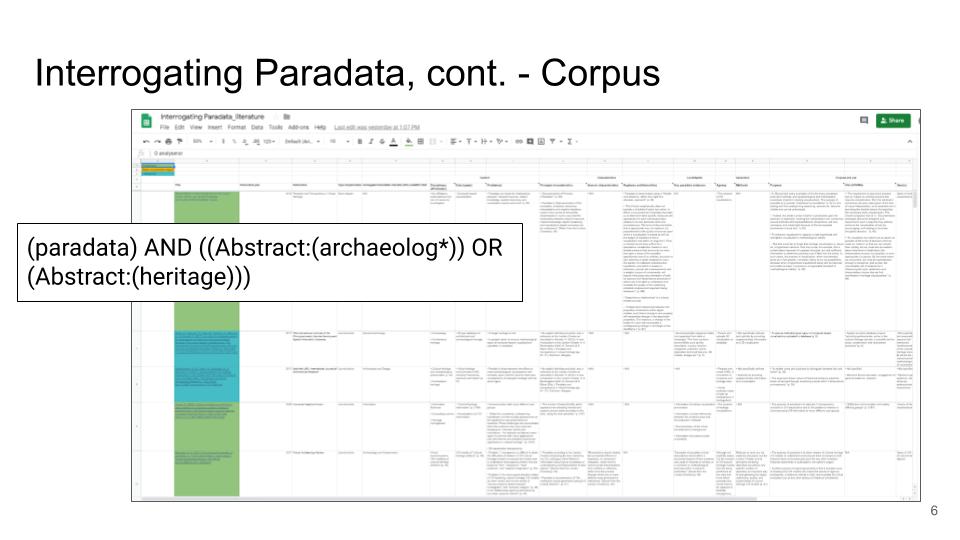Erik William Folkeryd, an English bachelor’s student at Uppsala University writes about the experiences from his internship at CDHU.
As an intern at the CDHU, I had the opportunity to collaborate and work closely with research coordinator Clelia La Monica. The goal of the internship, for me as an English major, was to become familiar with the concept of digital humanities, how language-oriented projects are structured and function, and how to effectively manage and organize larger data collections.
Each week, I attended meetings that introduced me to colleagues with different backgrounds such as IT, history of science and ideas, ALM and computational linguistics and learned how they collaborate and structure projects. I was able to see first-hand how important these collaborations are both in digital humanities studies and in other fields. In addition to learning from colleagues and attending meetings, I co-created a pilot project together with Clelia that would evaluate Swedish people’s understanding and perspective on American dialects.
This project was structured around a web-based survey that included two interactive listening exercises that participants would complete by using an eye-tracking technology that we had retrieved and modified. The eye-tracking technology was based on a program called “Webgazer”, which uses webcams to infer eye-gaze locations from the user in real-time. My work on the project mainly consisted of constructing various illustrations, structuring the survey, and retrieving sample recordings from a speech archive.
We noticed, however, that the open-source code for “Webgazer” had areas that could be improved and modified. The basic version of the program was a good resource, but not easy to work with, especially not for people without more advanced knowledge in code. As a result, we decided to put a pin in our pilot project and shift our focus towards developing and modifying the program with one of the engineers at the CDHU. We aimed to offer a laptop-based eye-tracking program that is easily accessible and used by researchers. The development of this service was later submitted as a chapter proposal to the Huminfra National Infrastructure Handbook, composed by me, Clelia, and research engineer Adam Maen. We were recently invited to submit a full chapter for publication.
My time at the CDHU and active involvement in these projects has not only deepened my understanding of phonetics and sociolinguistics but also introduced me to the structural aspects of language-oriented projects. Through these experiences, I gained insights into the transformative ability of digital humanities in research, where it offers researchers tools to streamline research effectively. In addition, my work with Clelia and Adam on the eye-tracking program has shown me first-hand how the field of digital humanities can assist researchers in potentially conducting captivating and significant studies.
– Erik William Folkeryd

